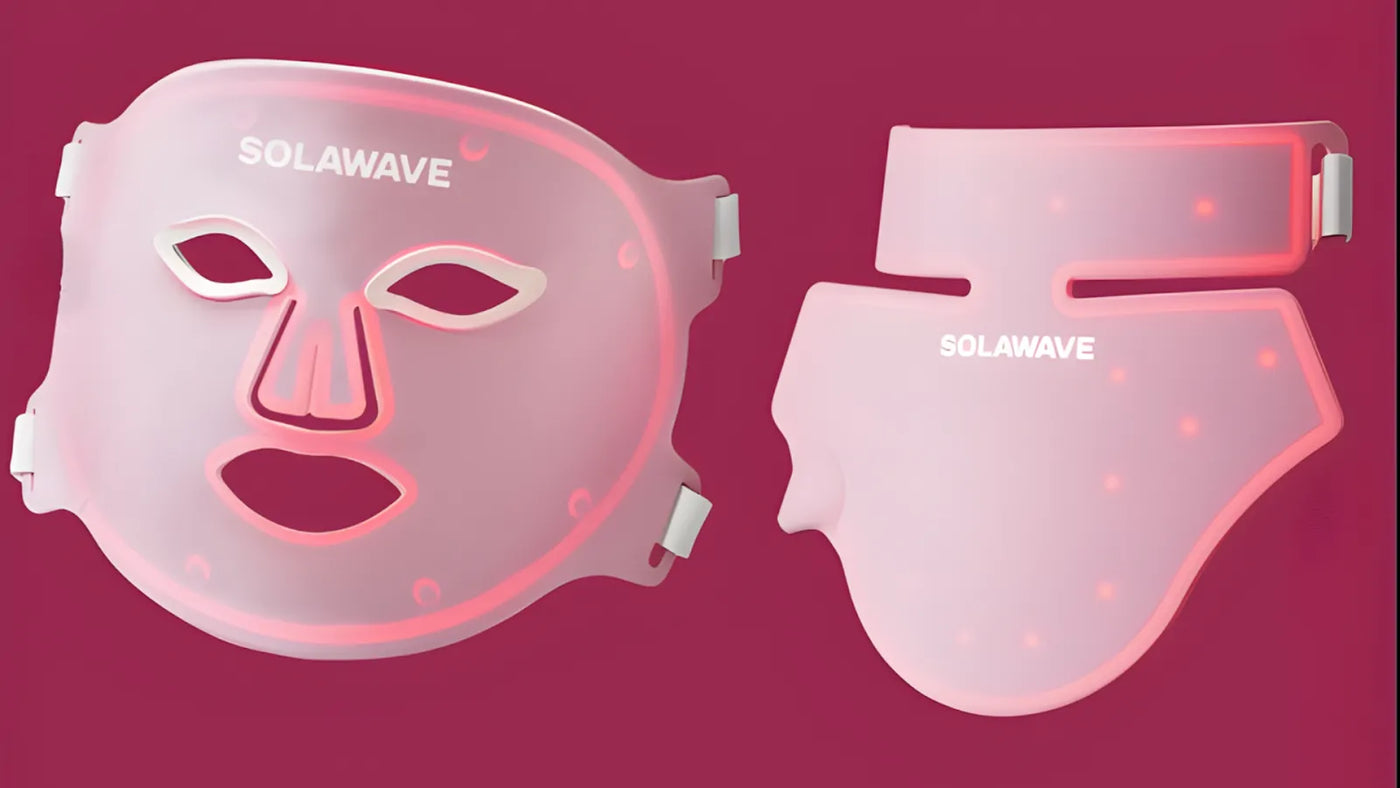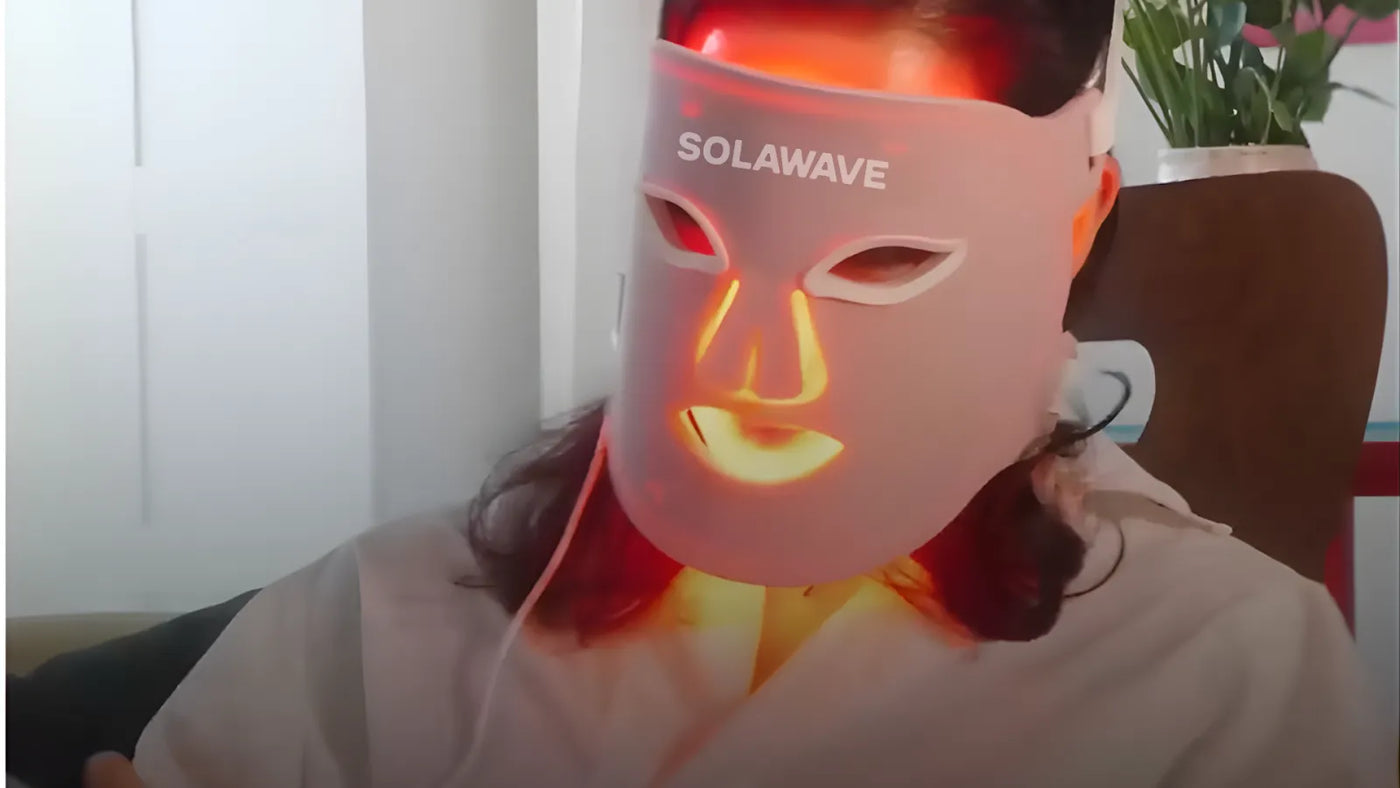

Red Light Therapy For Tendonitis: Can It Help?
Tendonitis (also spelled tendinitis) is a common condition that occurs when a tendon — the thick cord that attaches muscle to bone — becomes inflamed or irritated. This inflammation often results from repetitive movements, overuse, or sudden injury, and it can cause pain, swelling, and limited mobility in the affected area. Whether you’re an athlete, someone with a physically demanding job, or simply dealing with the effects of aging, tendonitis can significantly impact your daily life.
While there are many therapies and products on the market that claim to help, it’s important to focus on options that are supported by scientific evidence and recommended by healthcare professionals.
One therapy that has gained attention in recent years is Red Light Therapy. You may have seen it featured in wellness clinics, gyms, or even skincare routines. Throughout this article, you’ll learn about the real causes and treatments for tendonitis, as well as where Red Light Therapy fits into the conversation, if at all, so you can make informed decisions about your health.
What Is Tendonitis?
Tendonitis is the inflammation or irritation of a tendon, which is the strong, fibrous tissue that connects muscle to bone. When a tendon becomes inflamed, it can cause pain, tenderness, and swelling near the affected joint, making movement uncomfortable or even difficult. Tendonitis is often the result of repetitive motion or overuse, but it can also develop from sudden injuries or as part of the natural aging process.
Several areas of the body are particularly prone to tendonitis, including the shoulder (rotator cuff tendonitis), elbow (tennis elbow or golfer’s elbow), knee (patellar tendonitis), and Achilles tendon (Achilles tendonitis). Each type is named for the tendon and area it affects, but all share similar symptoms and underlying causes.
The most common symptoms of tendonitis include localized pain, swelling, and stiffness, especially when moving the affected joint. You might notice the pain is worse during or after activity and improves with rest. In some cases, the area may feel warm to the touch or appear red. If left untreated, tendonitis can interfere with your ability to perform everyday tasks, such as lifting objects, walking, or even typing.
Several risk factors can increase your chances of developing tendonitis. Repetitive activities, like from sports, work, or hobbies, are a leading cause, as they put continuous stress on the tendons. Sudden increases in physical activity, poor technique, or inadequate equipment can also contribute. Age is another factor, as tendons lose flexibility and strength over time, making them more susceptible to injury. Certain medical conditions, such as rheumatoid arthritis or diabetes, may also raise your risk.
Proven Treatments for Tendonitis
Effectively managing tendonitis starts with proven treatments that address both the symptoms and the underlying causes. While the specific approach may vary depending on the severity and location of your tendonitis, most treatment plans focus on reducing inflammation, relieving pain, and restoring normal function to the affected area.
While self-care measures can be effective for mild cases, it’s essential to consult a healthcare professional for an accurate diagnosis and personalized treatment plan. Tendonitis can sometimes be mistaken for other conditions, and untreated or improperly managed tendonitis can lead to chronic pain or tendon rupture. Your healthcare provider can recommend the most appropriate therapies based on your individual needs and monitor your progress to ensure a safe and effective recovery.
Rest and Activity Modification
One of the most important steps in treating tendonitis is allowing the affected tendon time to heal. This often means modifying or temporarily stopping activities that trigger pain or strain. Rest helps prevent further irritation and gives your body a chance to repair the inflamed tissue. In some cases, using a brace or splint can help protect the area and limit movement.
Physical Therapy and Stretching Exercises
Physical therapy is a cornerstone of tendonitis treatment. A physical therapist can guide you through specific exercises designed to stretch and strengthen the muscles and tendons around the injured area. These exercises not only promote healing but also help prevent future injuries by improving flexibility, balance, and overall joint stability.
Use of Ice and Heat Therapy
Applying ice packs to the affected area can help reduce swelling and numb pain, especially in the early stages of tendonitis. Ice is typically recommended for the first 48 hours after symptoms begin or after activities that aggravate the condition. As healing progresses, heat therapy—such as warm compresses or heating pads—can help relax muscles and improve blood flow to the area, supporting recovery.
Nonsteroidal Anti-Inflammatory Drugs (NSAIDs)
Over-the-counter NSAIDs, such as ibuprofen or naproxen, are commonly used to manage pain and inflammation associated with tendonitis. These medications can provide short-term relief, but it’s important to use them as directed and consult your healthcare provider if you have any underlying health conditions or are taking other medications.
Corticosteroid Injections
For cases where pain is severe or persistent, a healthcare professional may recommend corticosteroid injections. These powerful anti-inflammatory medications are injected directly into the area around the tendon to quickly reduce swelling and discomfort. However, repeated use of corticosteroid injections can weaken tendons over time, so they are typically reserved for short-term relief.
Surgical Options for Severe Cases
Most cases of tendonitis respond well to conservative treatments, but in rare situations where symptoms do not improve or the tendon is severely damaged, surgery may be necessary. Surgical procedures can involve removing inflamed tissue, repairing torn tendons, or releasing tight structures around the tendon. Recovery from surgery usually involves a period of rehabilitation and physical therapy.
Exploring Light Therapy: Types and Uses
Light Therapy is a non-invasive approach that uses specific wavelengths of light to interact with your body at a cellular level. This technology has gained popularity for its ability to address a range of concerns, from skincare to muscle recovery, and even wound healing.
However, it’s essential to understand that the benefits of a Light Therapy session depend entirely on the type of device and the wavelengths it delivers—meaning a device designed for skincare will not provide relief for pain or tendonitis, and vice versa.
Red Light Therapy: How It Works
Red Light Therapy uses low-level wavelengths of red light (typically between 630 and 700 nanometers) to stimulate biological processes in your cells. When absorbed, this light energy helps cells renew, repair, and restore themselves, supporting natural functions like collagen production and tissue repair. Originally explored by NASA for wound healing in space, Red Light Therapy has since been studied for its effects on skin health, muscle recovery, and more.
Skincare Devices
Red Light Therapy devices for skincare are specifically engineered to target the visible signs of aging, such as fine lines, wrinkles, and uneven skin tone. These devices use precise wavelengths to penetrate the skin’s surface and stimulate collagen and elastin production, resulting in firmer, smoother, and more radiant skin over time. Some devices also combine Red Light Therapy with Near-Infrared Light Therapy or Blue Light Therapy to address additional concerns like acne or redness. It’s important to note that these skincare devices are not intended for pain relief, inflammation, or the treatment of tendonitis.
Muscle Recovery Devices
Certain Red Light Therapy devices are designed for muscle recovery and are often used by athletes and physical therapists. These devices typically emit both red and near-infrared light, which penetrate deeper into tissues to support muscle repair, reduce inflammation, and help manage pain. Some studies suggest that these specialized devices may aid in muscle recovery and temporarily relieve pain or swelling. However, these benefits are specific to muscle recovery devices and do not extend to skincare-focused Red Light Therapy products.
Other Uses
Red Light Therapy has also been adapted for other specialized uses, such as promoting hair growth, accelerating wound healing, and supporting joint health. Each device is tailored to its intended application, with specific wavelengths and treatment protocols designed to target particular tissues or concerns.
Why Device Type Matters
The effectiveness and safety of Light Therapy depend on using the right device for your specific goal. Skincare devices are optimized for surface-level skin concerns and will not deliver the wavelengths or intensity needed to impact deeper tissues like tendons or muscles. Conversely, muscle recovery devices are not designed for facial skin rejuvenation. Always choose a device that matches your intended use, and remember that Red Light Therapy skincare devices are not a solution for tendonitis or any other medical condition.
What Does the Research Say About Red Light Therapy for Tendonitis?
Scientific research on Red Light Therapy—also known as photobiomodulation (PBM) or low-level laser therapy (LLLT)—for tendonitis is still evolving, with some promising but limited findings.
A 2021 systematic review and meta-analysis (read the study) evaluated 17 randomized controlled trials involving 835 participants with tendinopathy. The analysis found that PBM, when used alongside exercise therapy, resulted in greater decreases in pain and improved function compared to sham treatments plus exercise. However, when PBM was compared to other interventions, the differences in pain relief were minimal. The quality of evidence ranged from very low to moderate, indicating that while there may be some benefit, the results are not yet conclusive. The authors emphasized that high-quality evidence supporting PBM’s effectiveness for tendinopathy is still lacking.
Another review (read the study) explored how low-level laser therapy affects tendon repair. The findings suggest that LLLT may support tendon healing by activating cellular processes involved in all three phases of tendon repair: reducing inflammation, promoting new blood vessel formation, and increasing collagen production. However, the review also cautioned that excessive use of LLLT in the final phase of healing could lead to tendon fibrosis, highlighting the need for further research to clarify optimal treatment protocols and safety.
Overall, while some studies indicate that Red Light Therapy and Near-Infrared Light Therapy may offer supportive benefits for tendon healing and pain reduction, the current evidence is limited and of varying quality. More rigorous research is needed to determine how effective these therapies truly are for tendonitis. Always consult a healthcare professional for guidance on managing tendonitis and before starting any new therapy.
Conclusion
When it comes to treating tendonitis, proven methods like rest, activity modification, physical therapy, and medications remain the most effective options. While Red Light Therapy — especially devices designed for skincare — may offer benefits for skin health, they are not a solution for tendonitis or any medical condition.
If you’re experiencing tendon pain or suspect tendonitis, consult a healthcare professional for an accurate diagnosis and a treatment plan tailored to your needs.
Sources:
-
Nonsteroidal Anti-Inflammatory Drugs (NSAIDs) - StatPearls - NCBI Bookshelf
-
Cortisone Shots (Steroid Injections): Benefits & Side Effects





















